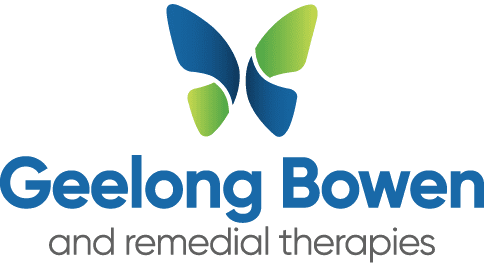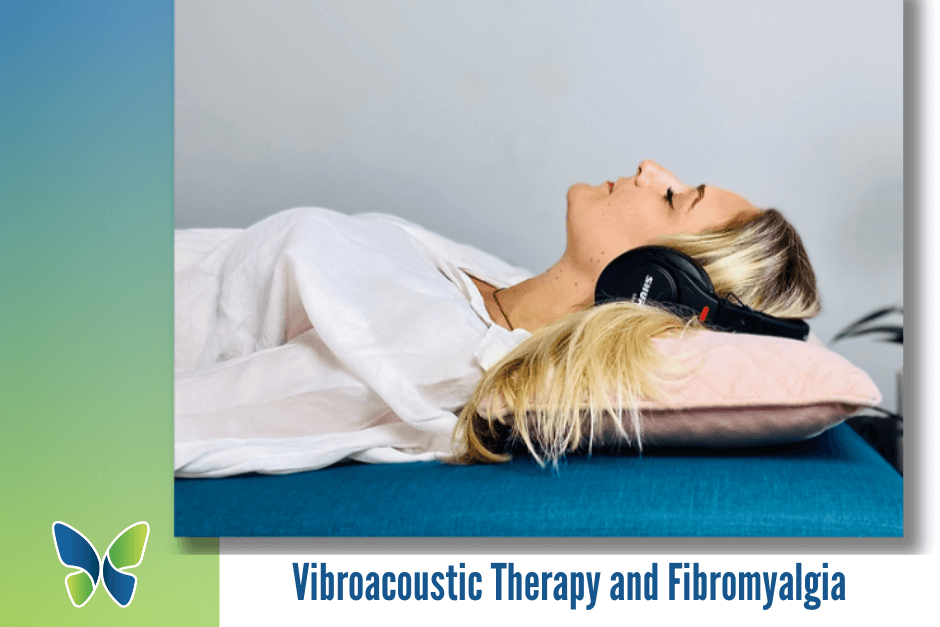What is dry needling?
Dry needling, a precise method using solid filament needles inserted into skin and muscle offers a unique approach to addressing muscle dysfunction. Unlike injection needling, which involves injecting substances with a hypodermic syringe, dry needling focuses on restoring muscle function and promoting tissue healing by targeting myofascial trigger points (MTrPs). These are felt as really sensitive spots within tight bands of muscles, what you might in the past have called a “knot”. By “undoing the knot” dry needling aims to alleviate pain and improve muscle function.
In essence, dry needling provides a targeted strategy for addressing muscle dysfunction, enhancing pain relief, and facilitating quicker recovery when used alongside other treatment modalities.
Is dry needling the same as acupuncture?
No, while both dry needling and acupuncture share the use of identical needles, yet they stem from distinct traditions and principles. Dry needling primarily aligns with Western anatomical and neurophysiological concepts, focusing on targeted tissue manipulation based on modern medical understanding.
In contrast, acupuncture originates from Traditional Chinese Medicine (TCM), emphasising the balance of energy flow along meridians through the insertion of needles into specific acupoints. This approach, rooted in ancient Chinese philosophy, aims to address a wide array of physical and psychological conditions by unblocking energy pathways.
How does dry needling work?
When a needle is inserted into a trigger point, it can induce a local twitch response, which is a brief, involuntary contraction of the muscle fibers. This response helps to release tension within the muscle and deactivate the trigger point, ultimately reducing pain and restoring normal muscle function.
Moreover, dry needling may also stimulate the body’s natural healing processes by increasing blood flow to the affected area, promoting the release of endorphins (natural pain-relieving chemicals), and modulating the nervous system’s response to pain.
Overall, dry needling works through a combination of mechanical, neurological, and biochemical effects to address muscle dysfunction and alleviate pain – read as (undoing knots!!)
Is dry needling safe?
Dry needling is a safe treatment option when conducted by a trained professional. Our Myotherapists possess comprehensive anatomical expertise and have dedicated considerable time to mastering dry needling techniques.
In our clinical settings, all practitioners adhere to strict hygiene standards, using individually packaged, single-use sterile needles. These needles are exceptionally fine, typically ranging from 0.16mm to 0.30mm in diameter, minimising the likelihood of bleeding or bruising at the insertion site.
Who can’t have needling?
While dry needling is generally safe, certain individuals may not be suitable candidates for this treatment. These include those with a fear of needles or needle phobia, individuals with medical conditions such as bleeding disorders or compromised immune systems, and pregnant women. Additionally, those with skin infections or lesions at the intended needling sites, severe muscle or nerve conditions, or individuals taking blood-thinning medications should exercise caution with dry needling, as it may exacerbate symptoms or lead to complications. It’s crucial for individuals to discuss their medical history and any concerns with their practitioner before undergoing dry needling to determine if it is a suitable treatment option for them.
How could dry needling help me?
Dry needling can help with various conditions including:
Myofascial pain with trigger points: Dry needling targets trigger points within muscles, which are often sources of pain. By releasing these trigger points, dry needling can help alleviate muscle pain and restore normal muscle function.
Chronic pain: Dry needling can help disrupt the cycle of chronic pain by targeting trigger points and promoting relaxation of tight muscles. This can lead to pain relief and improved quality of life for individuals suffering from chronic pain conditions.
Low back pain: Dry needling can target trigger points and tight muscles in the lower back, which are common sources of low back pain. By releasing tension in these muscles, dry needling can help reduce pain and improve mobility in the lumbar spine.
Strains: Dry needling can help accelerate the healing process for muscle strains by promoting blood flow to the injured area, reducing inflammation, and releasing tension in affected muscles. This can lead to faster recovery and reduced pain associated with strains.
Tendinopathies: Dry needling can help promote healing and reduce pain associated with tendinopathies by targeting trigger points and promoting blood flow to the affected tendon. This can help accelerate the recovery process and improve function in individuals with tendon injuries.





